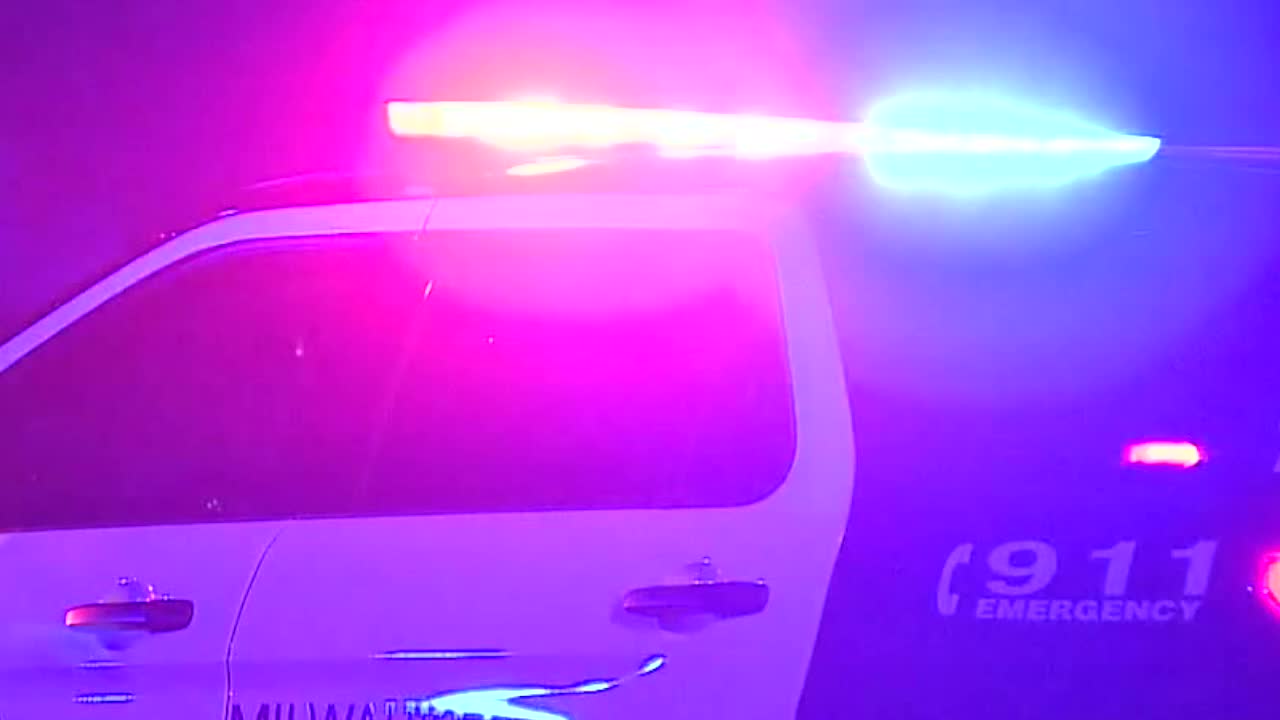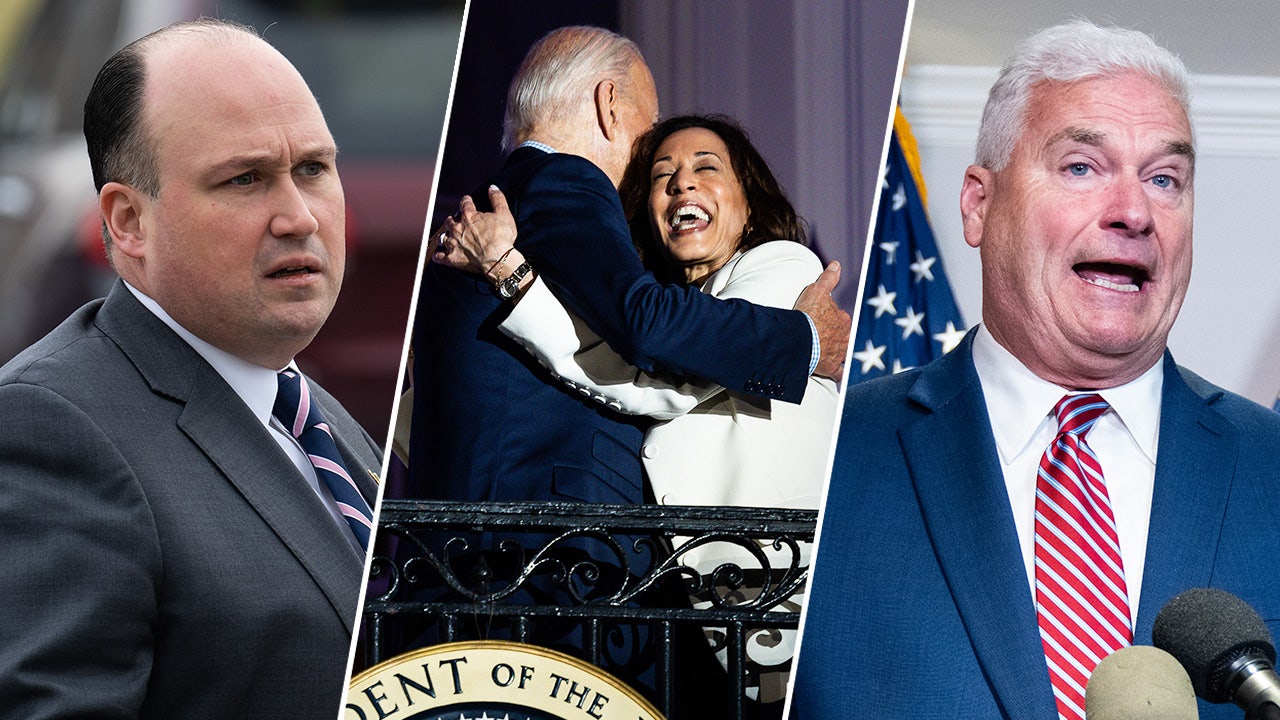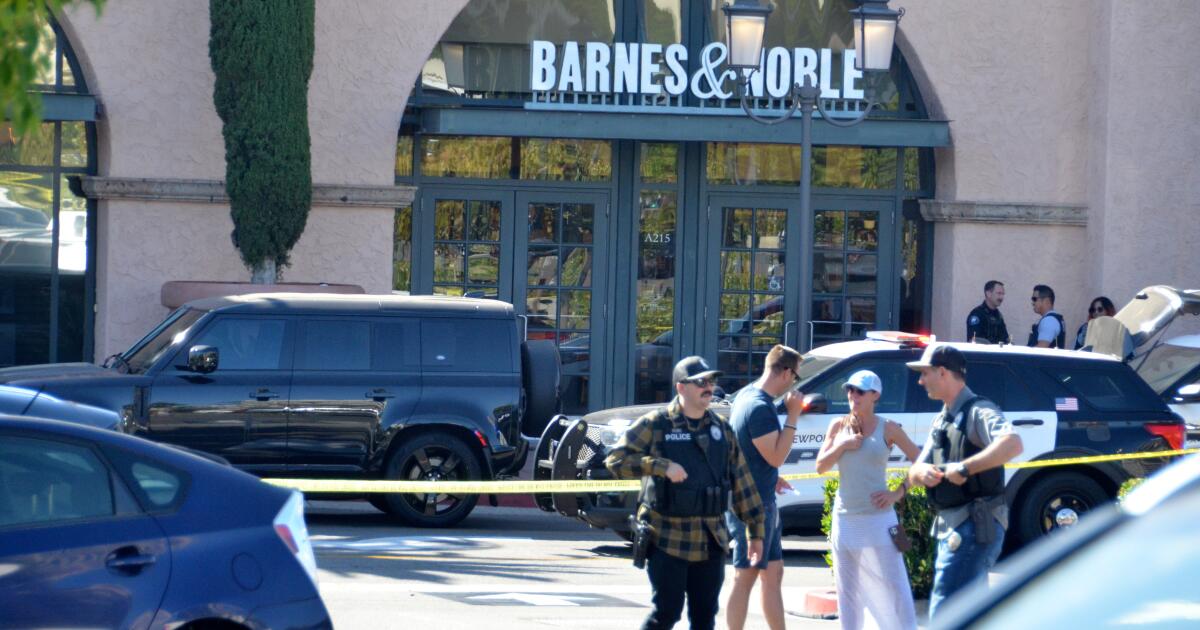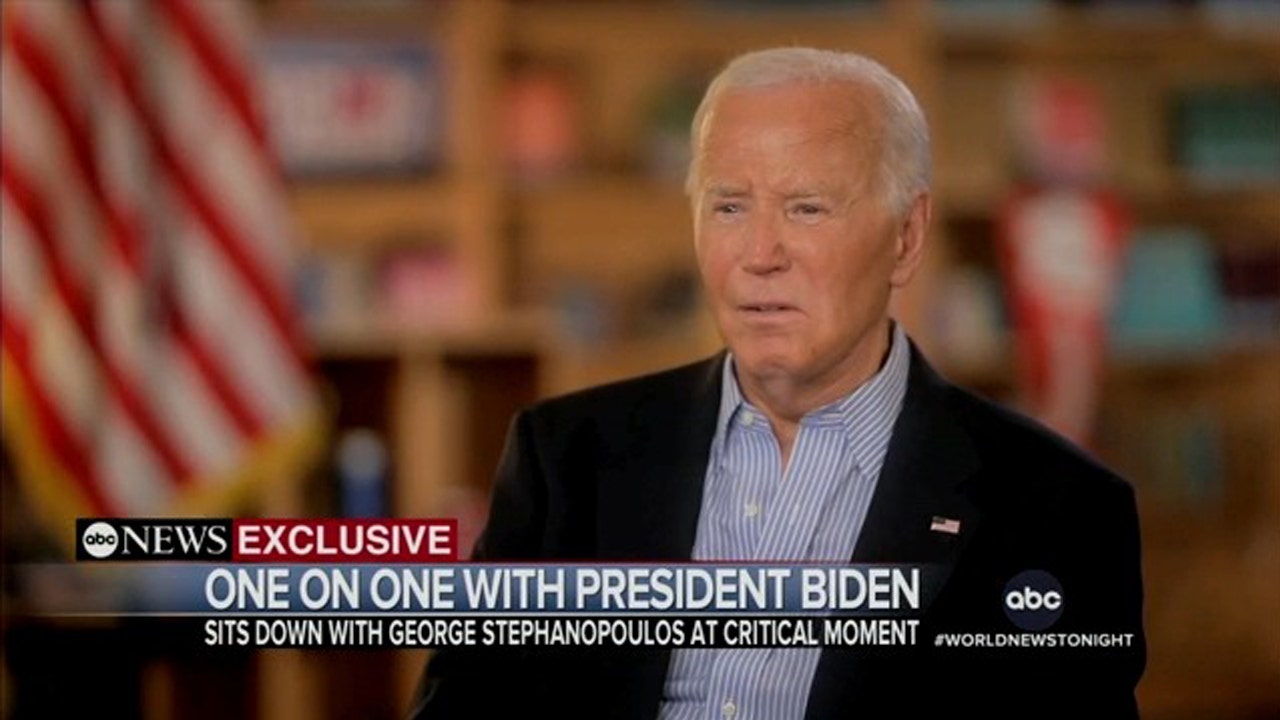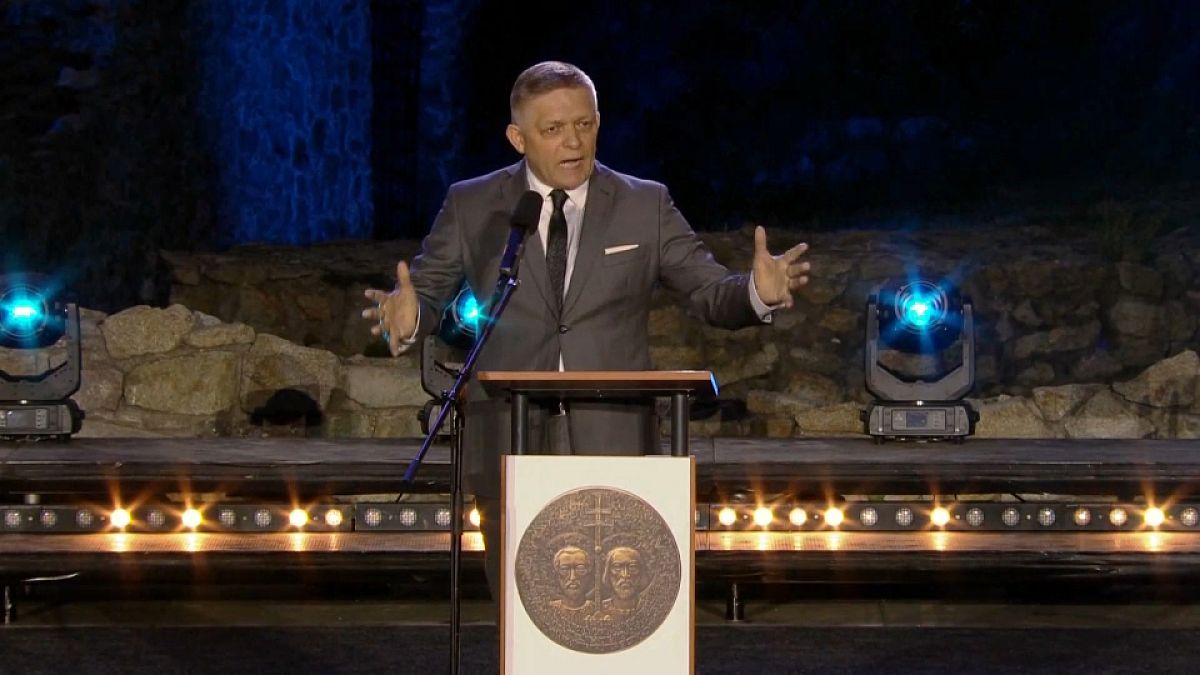San Francisco, CA
The Bleak and Menacing History of San Francisco’s Farallon Islands | KQED

“[The rabbits of South Farallon] devoured what meager vegetation there once was,” one 1960 Examiner article reported. “[They] ate dead fish, seaweed and each other … According to reports, they were the meanest, ugliest rabbits in the world.”
Once the settlers had destroyed the local animal communities to the point that hunting was no longer profitable, they abandoned the Farallons in 1840. The rabbits, however, stuck around. Several attempts were made to thin their numbers over the years, but the efforts came to naught. That is, until 1972, when biologists from Point Reyes Bird Observatory arrived to assess avian numbers and concluded that the rabbits, as an invasive species, were negatively impacting the bird population.
The scientists subsequently spent years killing off the rabbits. The population was eventually wiped out in 1975. Today, a similar mass slaughter is being considered for house mice thriving on the islands. Apparently, everyone who sets foot on the Farallons wants to immediately kill anything with fur.
Egg wars
Turns out animals with feathers haven’t always fared well on the islands either. In the late 1840s and throughout the 1850s, the influx of gold-seekers to San Francisco caused a population boom that put a massive strain on local agriculture.
In 1949, the food scarcity inspired a pharmacist named Doc Robinson to sail to the Farallons with his brother-in-law and raid the eggs of the murre birds that nested on the islands. After their first egg haul netted them $3,000 (about $122,000 in 2024 money), crews of other egg hunters quickly followed suit. In the four decades that followed, approximately 14 million murre eggs were stolen and sent to San Francisco, and rival crews of poachers went to war with each other. Guns and even canons were fired as the egg thieves fought. Several were shot and killed. Tensions were so high that even the local lighthouse keepers were assaulted.
The egg wars continued until the end of the 19th century, and were ultimately brought to an end not by the authorities, but by the establishment of Petaluma as an egg farming hub. By then, the murre population had been decimated. Despite the Farallons’ current status as a bird sanctuary, murre numbers have never recovered. Their population remains only a quarter of its pre-Gold Rush size.
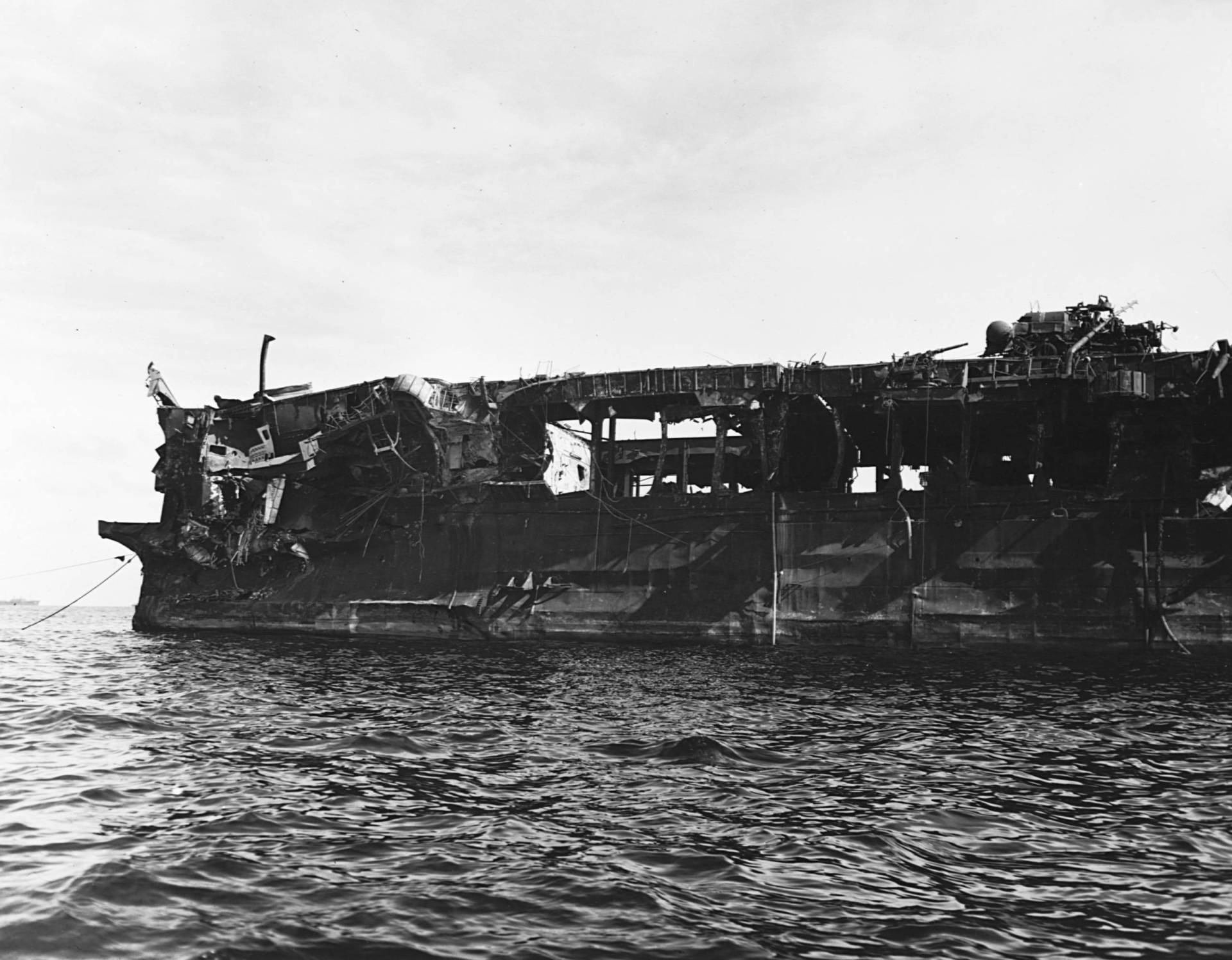
Nuclear waste
Back in 1951, the Farallons were chosen as the final resting place for an aircraft carrier called USS Independence (CVL-22). At the time it was sunk with torpedos, the vessel was extremely radioactive, having been used in the now-infamous 1946 nuclear tests at Bikini Atoll.
To make matters even more toxic, between 1946 and 1970, at least 47,500 barrels of radioactive waste were ditched in a 540-square-mile area, starting just south of the Farallons. Those barrels were notoriously unstable and by 1990, investigators reported that many of them had broken open. A multitude more could not even be located. By then, the problem was well-established. In 1982, Governor Jerry Brown made a statement to the House Subcommittee on Oceanography to point out the dangers of dumping nuclear waste in the ocean.
“In California,” he wrote, “we have learned from our experience with the Farallon Islands nuclear dumpsite that remedial action is virtually impossible when unforeseen problems arise. The specter of leaking barrels of plutonium now lurks on the ocean bottom less than 50 miles from the Golden Gate.”
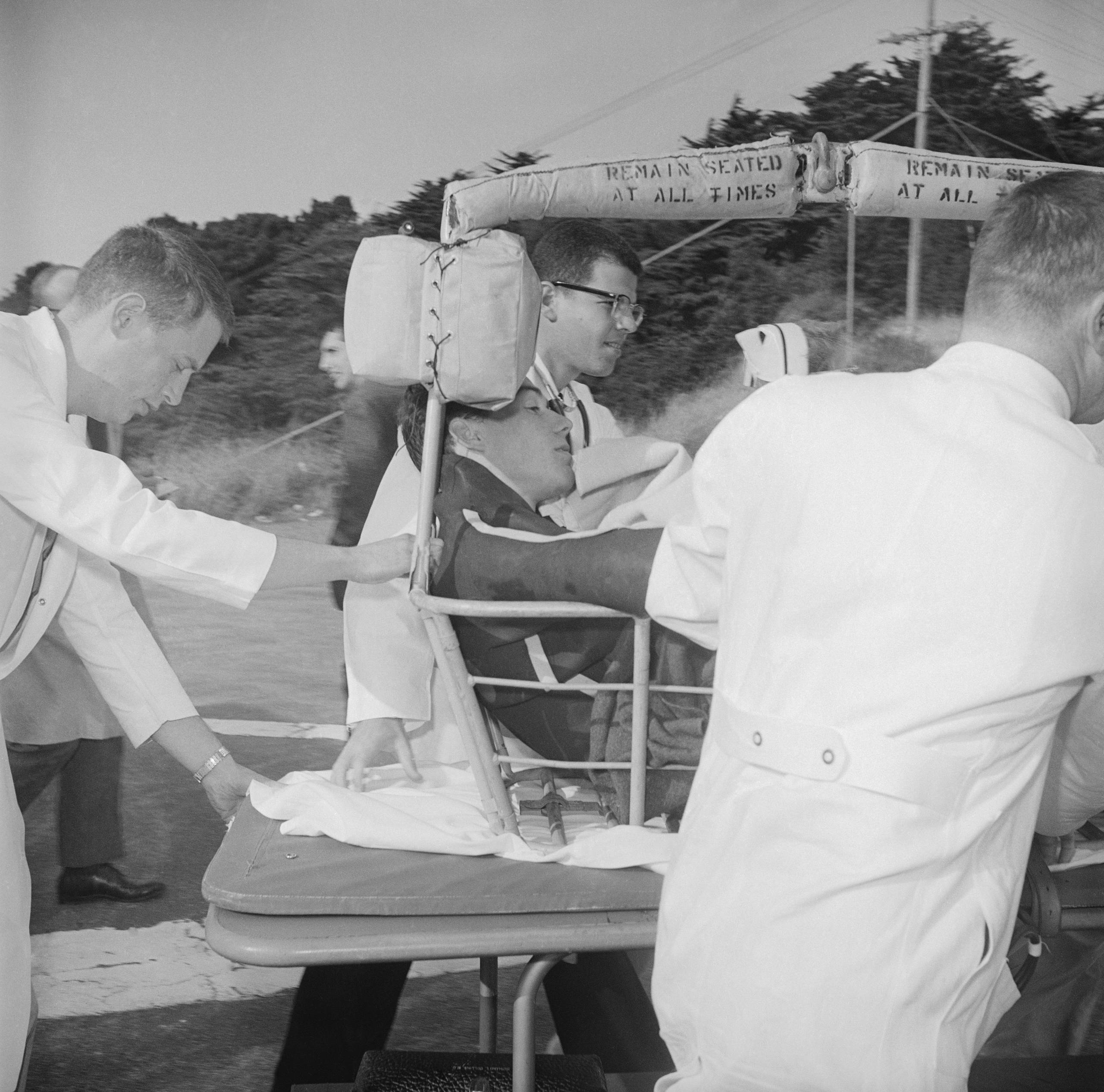
Shark attacks
In 1990, a headline in the Examiner declared: “Bay Area Becoming Shark Attack Capital.” The story followed a series of attacks in which humans had near misses with gigantic sharks — some reportedly 18 feet long.
The attacks near the Farallons during that period were plentiful: Concord scuba diver LeRoy French was saved from serious injury when the attacking shark was scared off by his oxygen tank. Mark Tiserand from San Francisco wound up with teeth embedded in his leg that had to be removed by doctors. A paddle boarder named Rodney Orr was flipped off his board and immediately found his head in the mouth of a shark. He escaped with “bite gashes around his left eye and neck” after clubbing the animal with a spear gun.
At the time, Steinhart Aquarium scientist John McCosker said that attacks were most likely to happen in what he called “The Red Triangle” — a patch of water 25 miles west of the islands where sharks hunt sea lions and harbor seals.
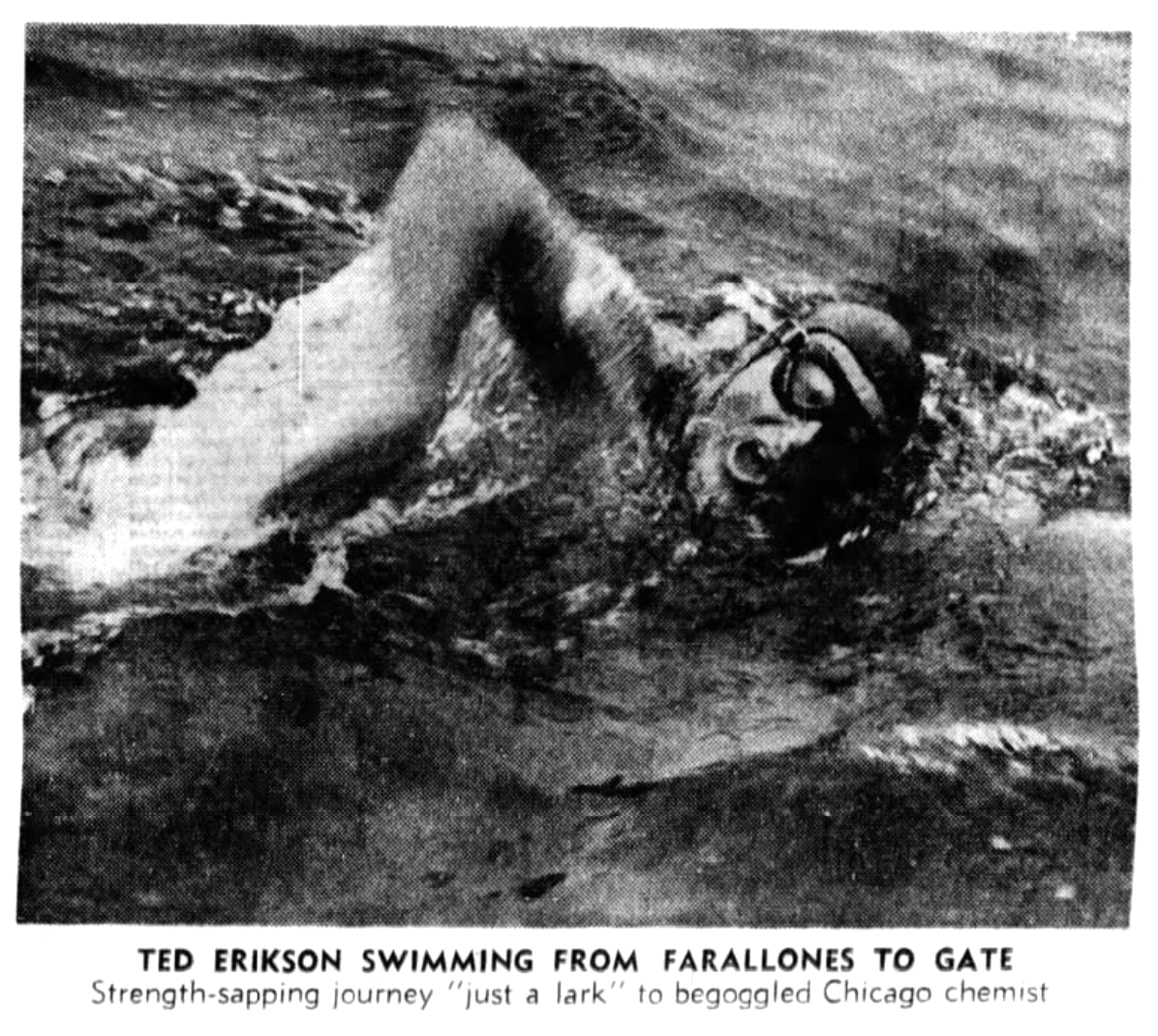
The worst swimming on Earth
In 1965, Ted Erikson took it upon himself to swim the English channel between France and the U.K., and then turn around and go right back again. The roundtrip took him 30 hours and three minutes and set a record. And yet, when it came to swimming the span from the Farallon Islands to Marin, he struggled, succeeding only on his third attempt.
His first jaunt from the Farallons was an outright failure. His second in 1966 ended 17 hours in, with him being pulled from the water in the middle of the night, almost unconscious and “swimming in all directions.” A multitude of swimmers before him — including a 15-year-old girl named Myra Thompson — had suffered similar endings on their masochistic swim journeys.
Bizarrely, before his third swim, Erikson had contacted “various marine life keepers” and asked them to donate a dolphin to swim alongside him. According to the Examiner, he believed this would “discourage the sharks.” In the end, he was forced to make the journey sans dolphin. Sharks were discouraged the good old-fashioned way — gunshots.
Erikson, a 38-year-old research chemist from Chicago, finally completed his journey on Sept. 17, 1967, boosted by mild weather and “relatively warm water.” After successfully finishing his 14-hour, 38-minute swim, Erikson — like an absolute maniac — referred to his victory as “a lark.”

San Francisco, CA
San Francisco shootings in Tenderloin, Potrero Hill leave 2 injured
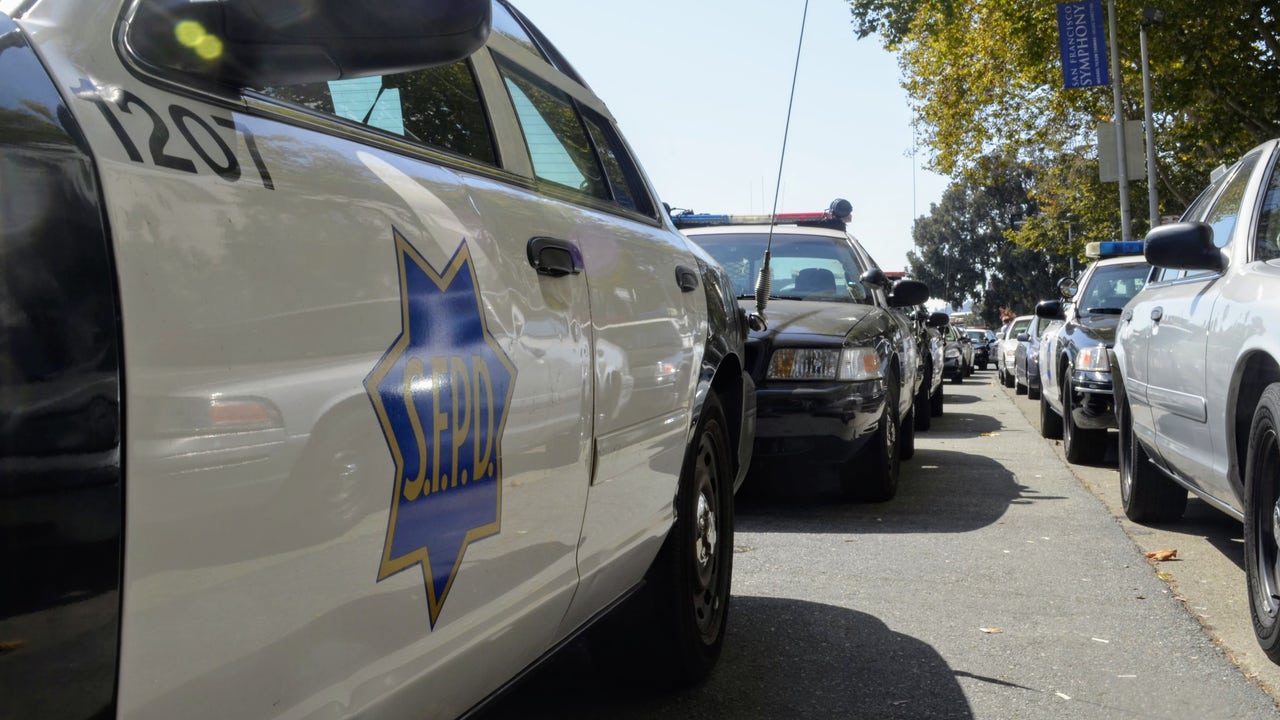
SFPD investigates a deadly shooting onboard a Muni bus on August 3, 2022.
SAN FRANCISCO – San Francisco police are investigating two separate shootings that left two people injured on Friday, officials said.
The first shooting happened in the Tenderloin. Officers responded to the area of Ellis and Hyde streets at 8:37 a.m. on the report of a shooting. A man was found lying on the ground with an apparent gunshot wound. The victim received first aid and was taken to a local hospital with non-life threatening injuries.
No arrests have been made.
Another shooting was reported at around 9:50 p.m. Officers assigned to the Bayview station responded to the 1100 block of Connecticut Street where a man was found lying on the ground suffering from an apparent gunshot wound. Officers rendered aid. The victim was taken to a local hospital for life-threatening injuries.
No arrests in this case have been made.
No suspect information was provided by police in either of these shootings.
San Francisco, CA
One Sleeper Starting Pitcher Trade the San Francisco Giants Should Pursue
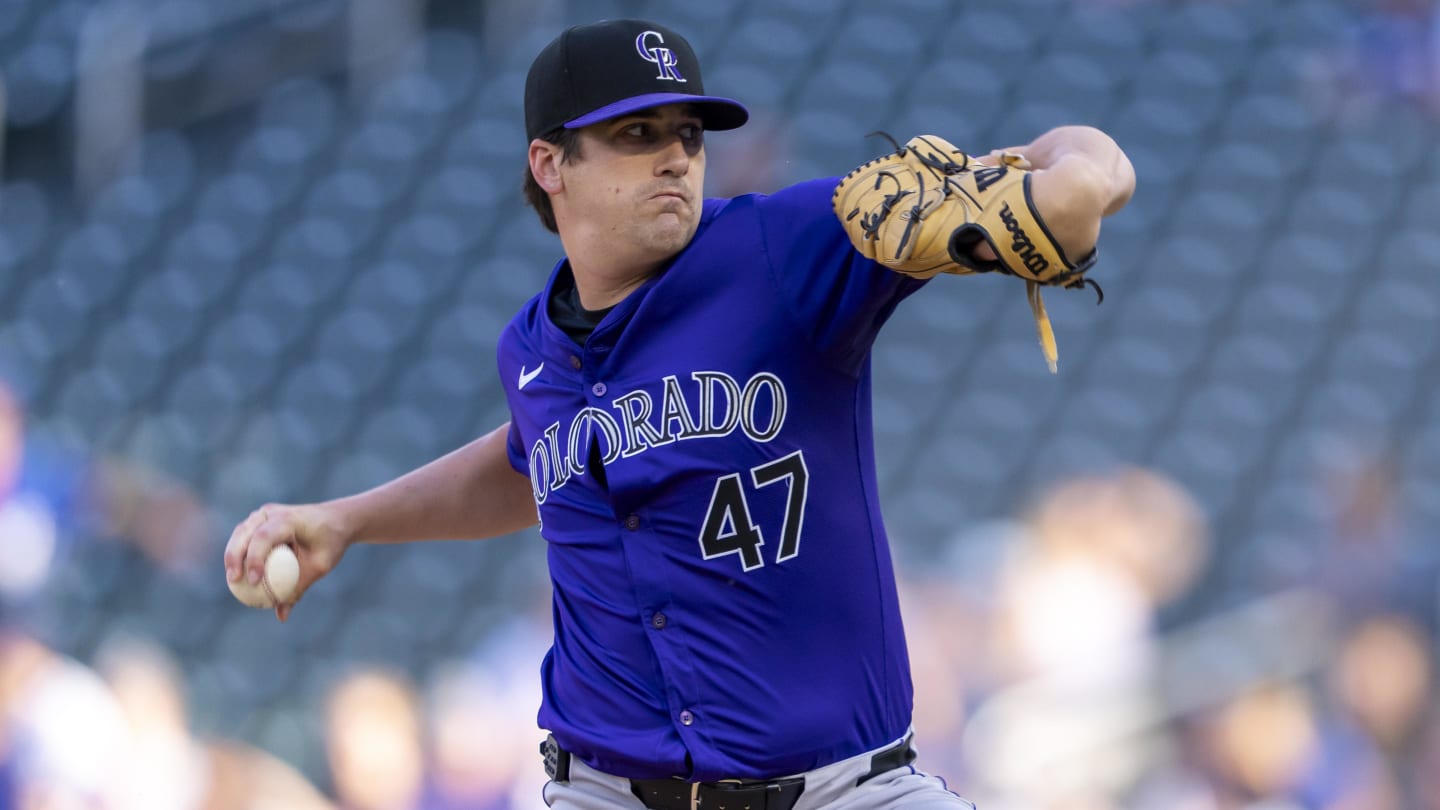
The San Francisco Giants are without a doubt one of the most intriguing teams to monitor ahead of the MLB trade deadline.
While they are not viewed as a serious contender right now, they’re about to get major pitching help returning from injury. Blake Snell, Kyle Harrison, Alex Cobb, and Robbie Ray will all likely be back at some point in the fairly near future.
Adding those pitchers back to the staff will make them a much more serious contender. They also have the ability to swing a deal or two ahead of the MLB trade deadline later this month.
Could the Giants actually look to acquire another starting pitcher and allocate one of the arms returning from injury to beef up the bullpen?
One potential sleeper starting pitcher trade that San Francisco could consider would be for Colorado Rockies starter Cal Quantrill.
During the 2024 season thus far with the Rockies, Quantrill has started in 18 games. He has compiled a 6-6 record to go along with a 3.77 ERA, a 1.33 WHIP, and 100.1 innings pitched.
For the fans wondering why the Giants would trade for a starting pitcher, there is one glaring reason. Even with players returning from injury, they had not played great before going out. Snell has not lived up to the hype this season and has quite honestly been a poor starter so far this year.
Quantrill would give San Francisco major insurance for the rest of the season.
Also, the 29-year-old starting pitcher would not break the bank in a trade. He also has another year left on his contract following the 2024 season. Quantrill could be an important piece for the 2025 season as well.
Acquiring players who can make an impact past 2024 should be a priority for the Giants. Quantrill is exactly that kind of player.
If San Francisco wants to get aggressive, they’ll also need to acquire a piece or two to improve their offense. Cody Bellinger is a name who would make sense for the Giants.
All of that being said, the Giants seem like a team that could very well become a buyer. They’re close to contention, but will need a few moves to actually make a run.
A trade for Quantrill could help them bet much closer to their goal of making the postseason.
San Francisco, CA
One Perfect MLB Trade Deadline Target for San Francisco Giants
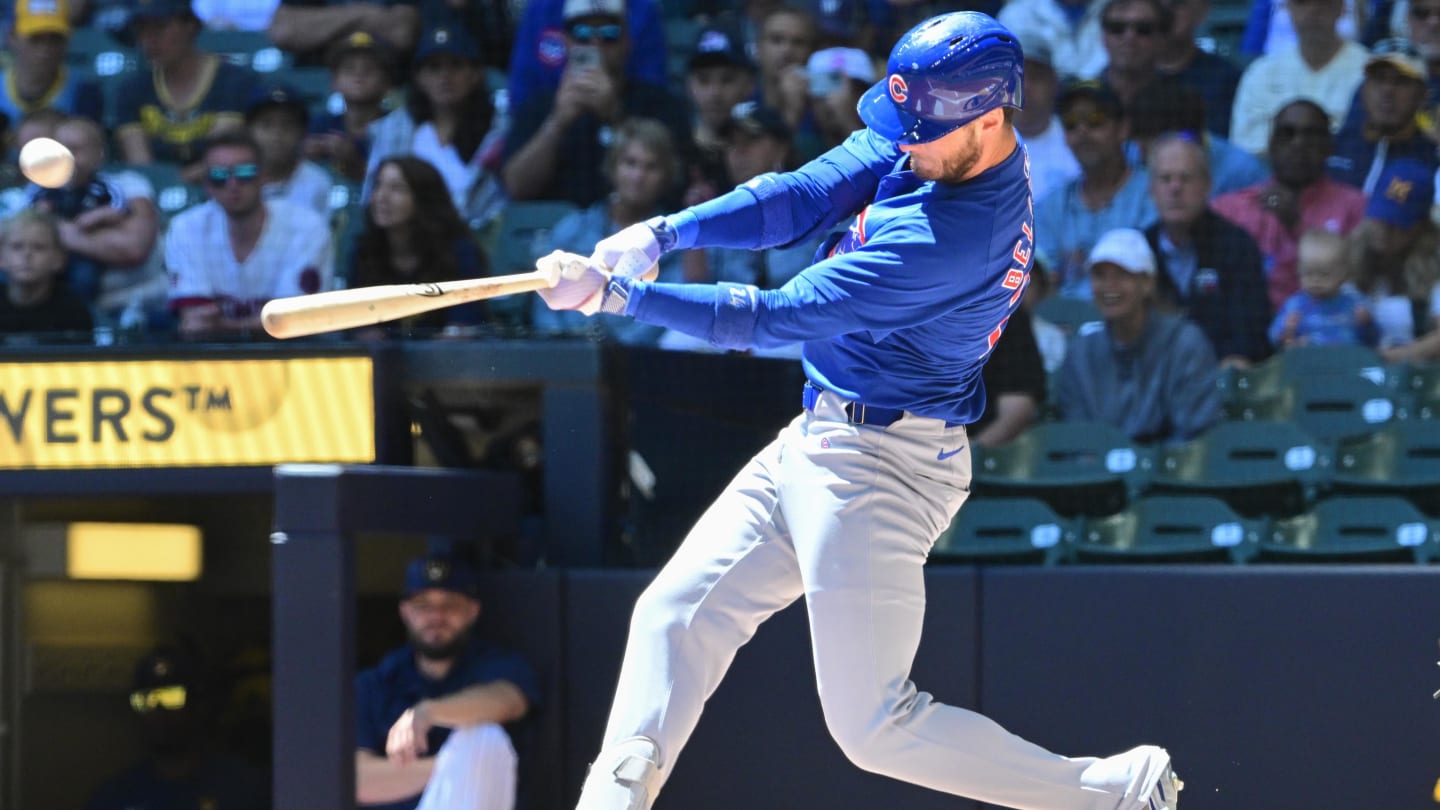
The San Francisco Giants are a team that has been relatively quiet in the MLB rumor mill. While they are still within striking distance in the National League Wild Card race, there haven’t been a lot of big rumors connecting them to an attempt to pull off a sizable trade.
With the MLB trade deadline just a few weeks away, the rumors should start heating up soon.
Currently, the Giants hold a 43-45 record. They are in a position where a trade or two could propel them to contention.
Add in the fact that San Francisco will be getting some major pitching reinforcements soon and it makes the trade deadline even more interesting. Blake Snell, Robbie Ray, Kyle Harrison, and Alex Cobb are all working their way back to the mound.
Keeping that in mind, the Giants could consider pursuing an impact bat before the trade deadline. One name has emerged as a potential target and would be a perfect trade deadline addition.
That name is Chicago Cubs first baseman and outfielder Cody Bellinger.
Throughout the 2024 season thus far in 74 games, Bellinger has hit .274/.335/.425 to go along with nine home runs and 37 RBI. His numbers haven’t been huge, but he has still been impactful for the Cubs.
Unfortunately for Chicago, the team has not been able to find success. That has led the Cubs to being potential sellers ahead of the deadline.
If they do place Bellinger on the trade block, San Francisco should be one of the teams calling with interest.
Bellinger is the kind of bat that can change everything for a team. When he’s hot, he’s among the best hitters in baseball. On the other hand, when he’s cold, he usually isn’t that bad.
Looking ahead to the future, Bellinger does have two years left on his contract after 2024. However, he also has potential outs in both of those years. It seems very possible that he could opt out of his deal at the end of the 2024 season and look for a new long-term contract.
Should the Giants be able to pull off a deal for Bellinger, they would have a decent shot at re-signing him. They have money to spend and he could be a long-term fixture for their lineup.
At 28 yeras old, Bellinger fits a long-term outlook for San Francisco as well. He could help them win in 2024 and for years to come if the two sides stay together.
While there is certainly no guarantee that Bellinger will be traded, he would be a perfect target for the Giants. If they want to make a quality addition to their lineup, they should try to call Chicago and see if they can get something done for the former MVP.
-

 News1 week ago
News1 week agoToplines: June 2024 Times/Siena Poll of Registered Voters Nationwide
-

 Politics1 week ago
Politics1 week agoThe many faces of Donald Trump from past presidential debates
-
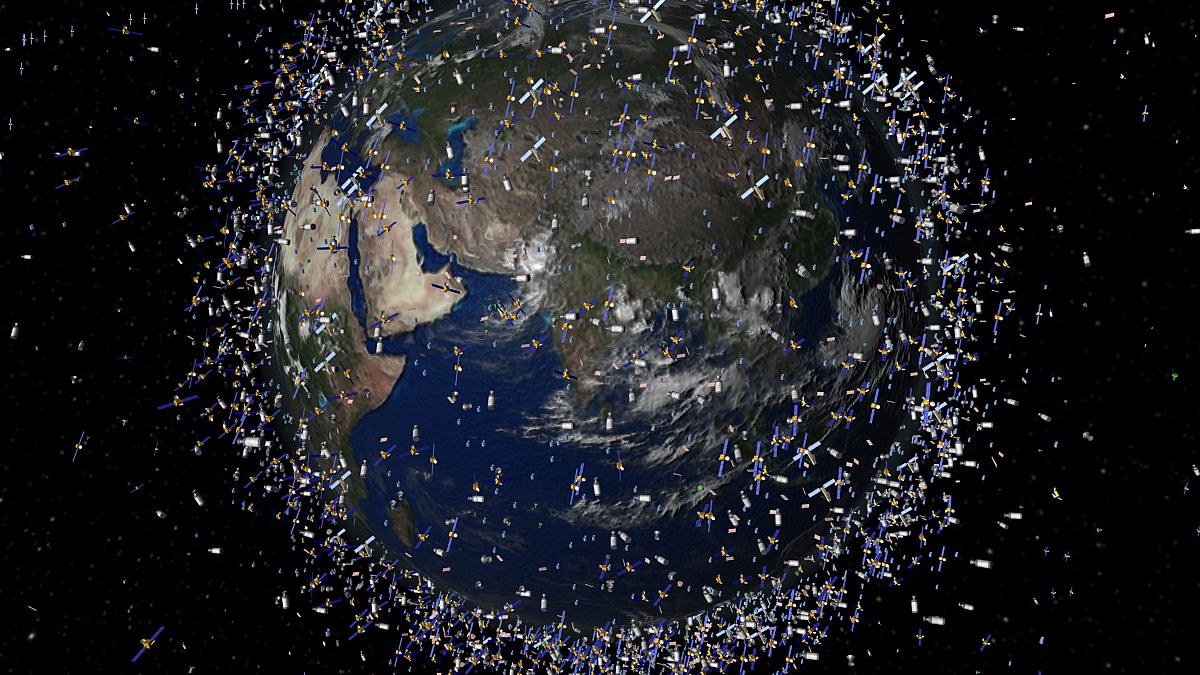
 World1 week ago
World1 week agoEurope seeks solutions to remedy increase in space debris
-

 World1 week ago
World1 week agoTension and stand-offs as South Africa struggles to launch coalition gov’t
-

 News6 days ago
News6 days agoVideo: How Blast Waves Can Injure the Brain
-
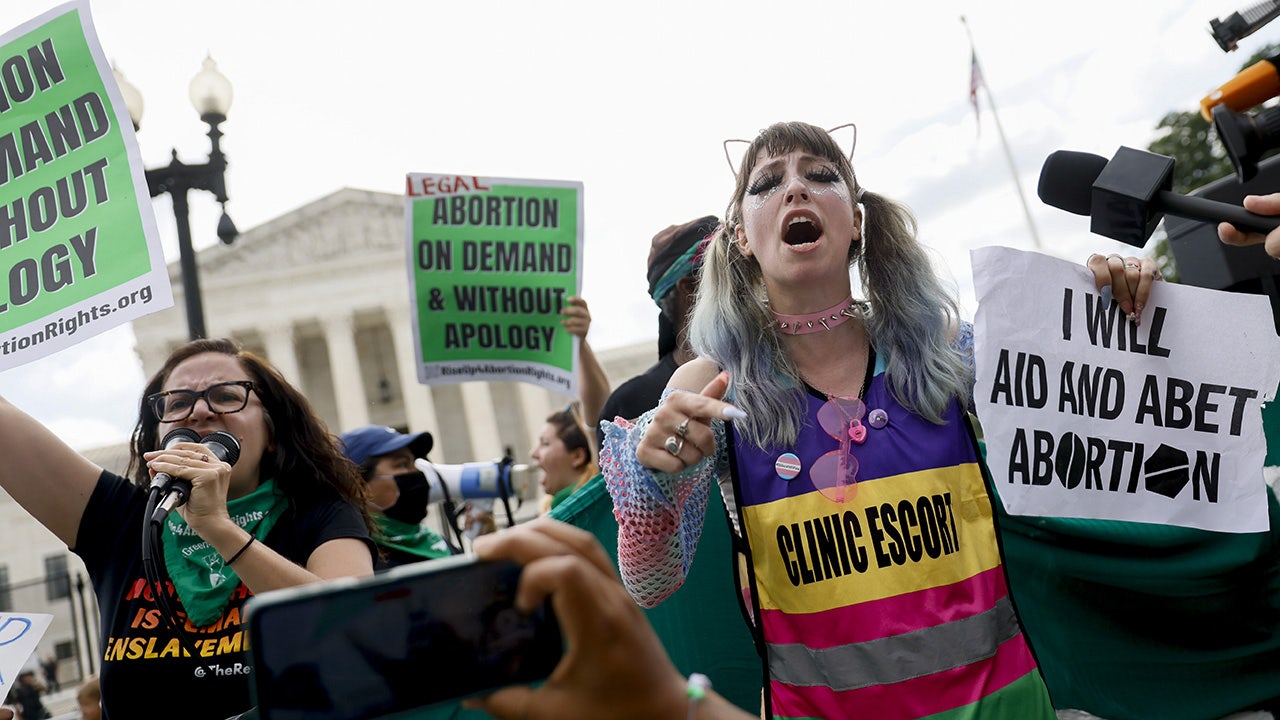
 Politics1 week ago
Politics1 week agoSupreme Court rules to allow emergency exceptions to Idaho's abortion ban
-

 World1 week ago
World1 week agoBolivia foils coup attempt: All you need to know
-

 Fitness1 week ago
Fitness1 week agoExercise may lower the ALS risk for men — but not women: new study



